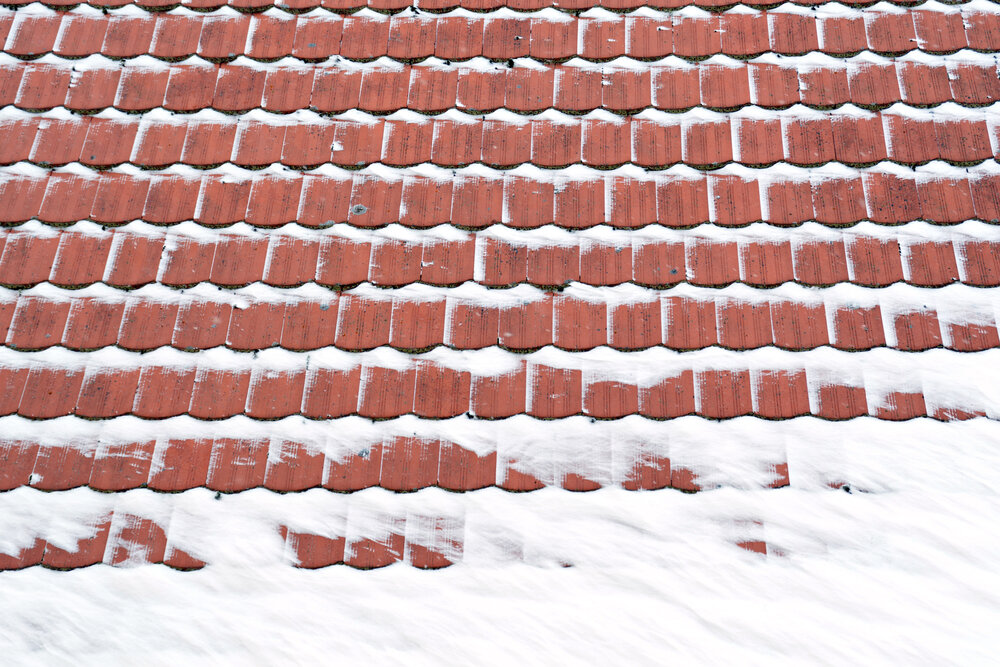How Do Temperature Changes Affect Your Roof?
More than any other part of your home, your roof is exposed to every weather condition, including the extreme temperature changes that come with the changing of the seasons. Fortunately, roofing systems are meant to withstand these fluctuations and are made from materials that can accommodate both freezing temperatures and scorching summer heat. Here are a few of the ways your roof adapts to changing weather.
Stretching from Heat
Heat causes materials to expand — and this includes the materials that make up your roof. The hotter the temperature, the more your roof will stretch. This has the least impact on rubber and metal, but materials such as asphalt shingles have also been designed to withstand the heat.
For decades-old roofs, however, the stretching can cause damage, allowing heat to easily enter your home. This will mean you need to spend more on cooling and use extra energy just to keep your home at a comfortable temperature.
In contrast, new roofing materials reduce energy usage. They do this by reflecting sunlight away from your home, which prevents your roof from absorbing heat. Plus, if you choose appropriate materials for the climate where you live, your roof is unlikely to be damaged by heat.
Shrinking and Freezing from Cold
The opposite that happens to your roof in hot temperatures occurs in cold temperatures — that is, the materials in your roof contract. This is less of an issue, though. You’re only likely to have problems if your roof is already damaged, as this can mean that the water from rain and snow is able to seep into cracks in your roof. When temperatures drop to below freezing, this water freezes and expands, causing larger cracks and more severe damage.
Again, this is unlikely to be a problem with new roofs made from high-quality materials. However, it is relatively common for old roofs, especially ones made from materials like metal brackets.
The Combined Effects Can Damage Older Roofs
The effects of temperature are most pronounced if you live in a location that has hot summers and cold winters. This means your roof is always undergoing cycles of expanding, contracting, and freezing, which can lead to cracks, loose brackets, and moisture damage.
If your roof has suffered through many temperature changes over the decades, it may no longer be protecting your home from the elements as efficiently as it once was. To check if your roof is damaged, you need to receive an inspection from professional roofing contractors. Edmonton residents can receive inspections and repairs from the experts at Weatherproof Roofing. Call us to book an appointment.

